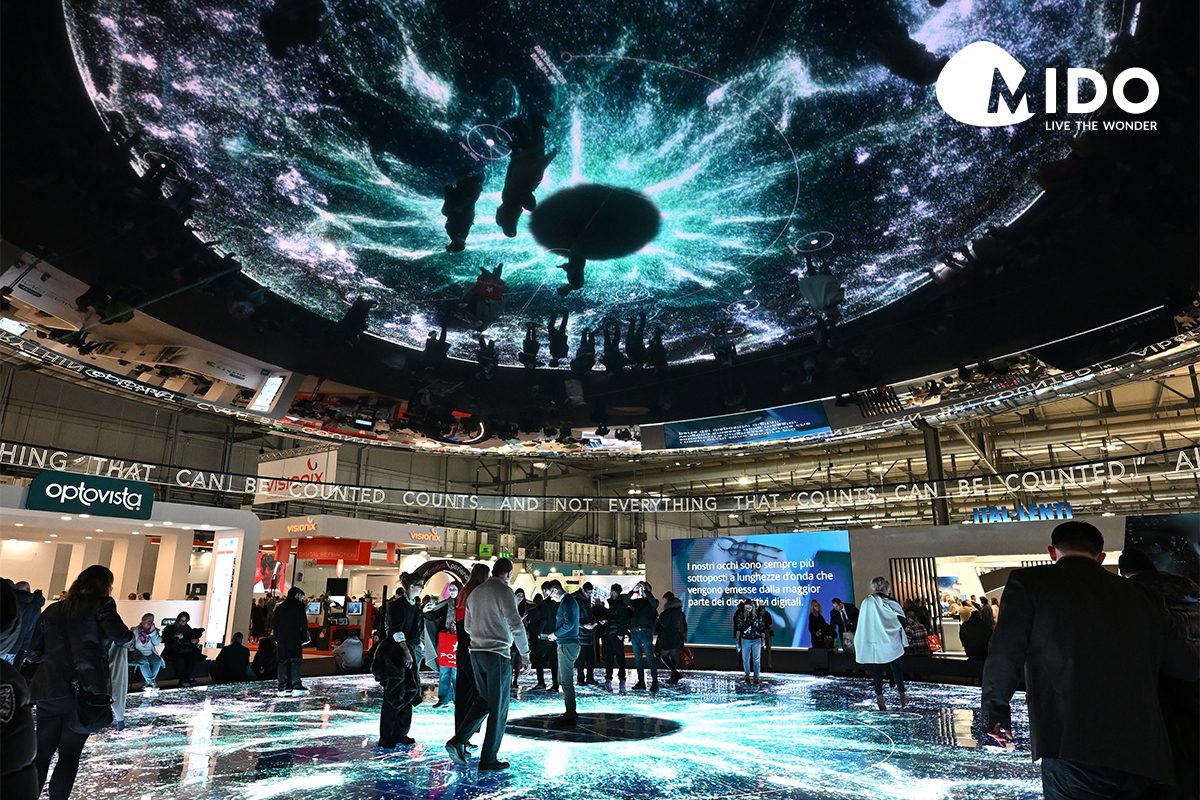We as a well-unified nation have challenges due to heterogenous patterns of consumption, and behaviour which is unique to a city/town leaving aside the Union of States in India. This means understanding the nuances of the region and thereby working on the business model. The Internet has brought access to all the nooks and corners of the country but in our business scenario the manufacturers, Rx labs, wholesalers, glazers commonly called fitters in India and the opticians play a large role in contributing to the growth of the market while the flow of the prescriptions happens from Ophthalmologists and Optometrists.
It is therefore important to recognize that each one of the supply chains has a role to play and has participated in making the end products competitive and affordable unlike some players claiming that eliminating middlemen offers consumers a better deal for a like-to-like product. While you deep dive into the offerings, the opticians who typically procure from a wholesaler/importer can offer a better price to the consumer. This reflects the fact that the supply chain, though can be more efficient through IT systems, and AI for inventory management but gives little room for margin optimization.
The complexities of the wholesalers in managing inventories and obsolescence, cash flow, and the cost of working capital make it even more challenging. The area of glazing (fitting) is less spoken of but is the most critical aspect of the spectacles offering. Substandard work in fitting could cause discomfort to the wearer and loss of customers to the opticians, which is intangible and cannot be afforded in today’s competitive scenario.
While auto-edgers are available in the market including industrial edgers for mass manufacturing the fact that India is a diverse market and much of the edging happens at the last mile closer to the optician, the supply chain, therefore, needs to integrate this part seamlessly. It is worth noting that the skill sets of our fitters who operate on semi-automatic or manual edgers are exemplary and would be perhaps the best in the world though they do not get the highlight that they deserve.
India has 7349 Railway stations and over 1.5 lakh pin codes. Why is this relevant in this context? The stations serve as the transport hub to adjoining towns and villages while the pin codes are where the dwelling happens. The various supply chain in India recognizes these complexities and addresses them in a business-like fashion to remain profitable and sustainable yet competitive. Easier said than done but this re-establishes the role of intermediaries in the delivery system of spectacles, sunglasses, etc. to end consumers.
The eyewear industry as estimated is in the range of INR 23000-27000 Crores (range of 2.7B$ to 3.2B$) at the consumer level and in relative terms quite tiny when compared to many other industries, but the complexities of the business are high or more than the industries which are perhaps ten times larger in market size. This brings in the point that traditional families having a firm understanding of the optical business must scale up to meet the growing market demand as the need for spectacles would only increase given the demographic nature of the population.

Mr. Ramachandran Parthasarathy
Eyewear Business Strategy Expert South Asia
Honorary Advisor – India Vision Institute












